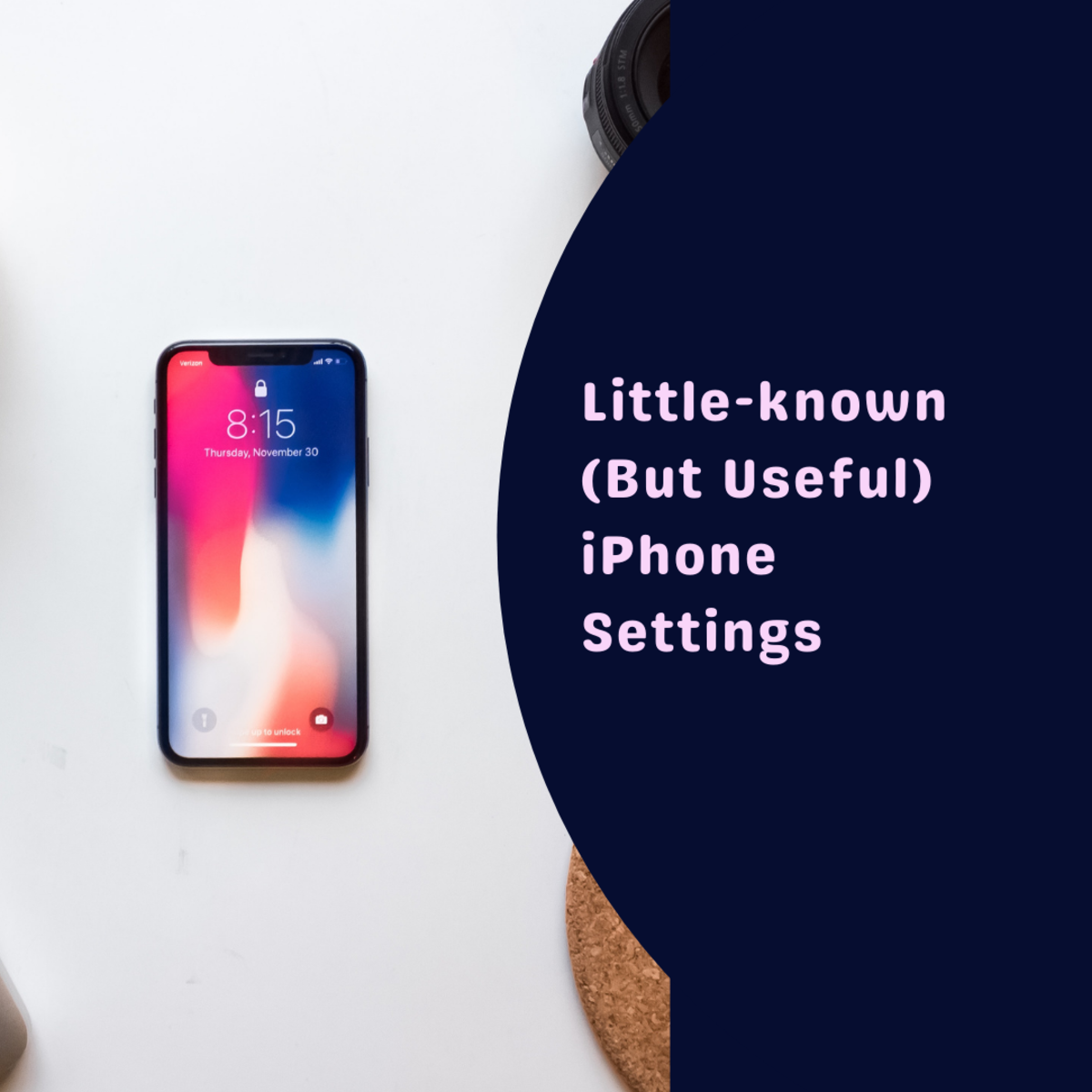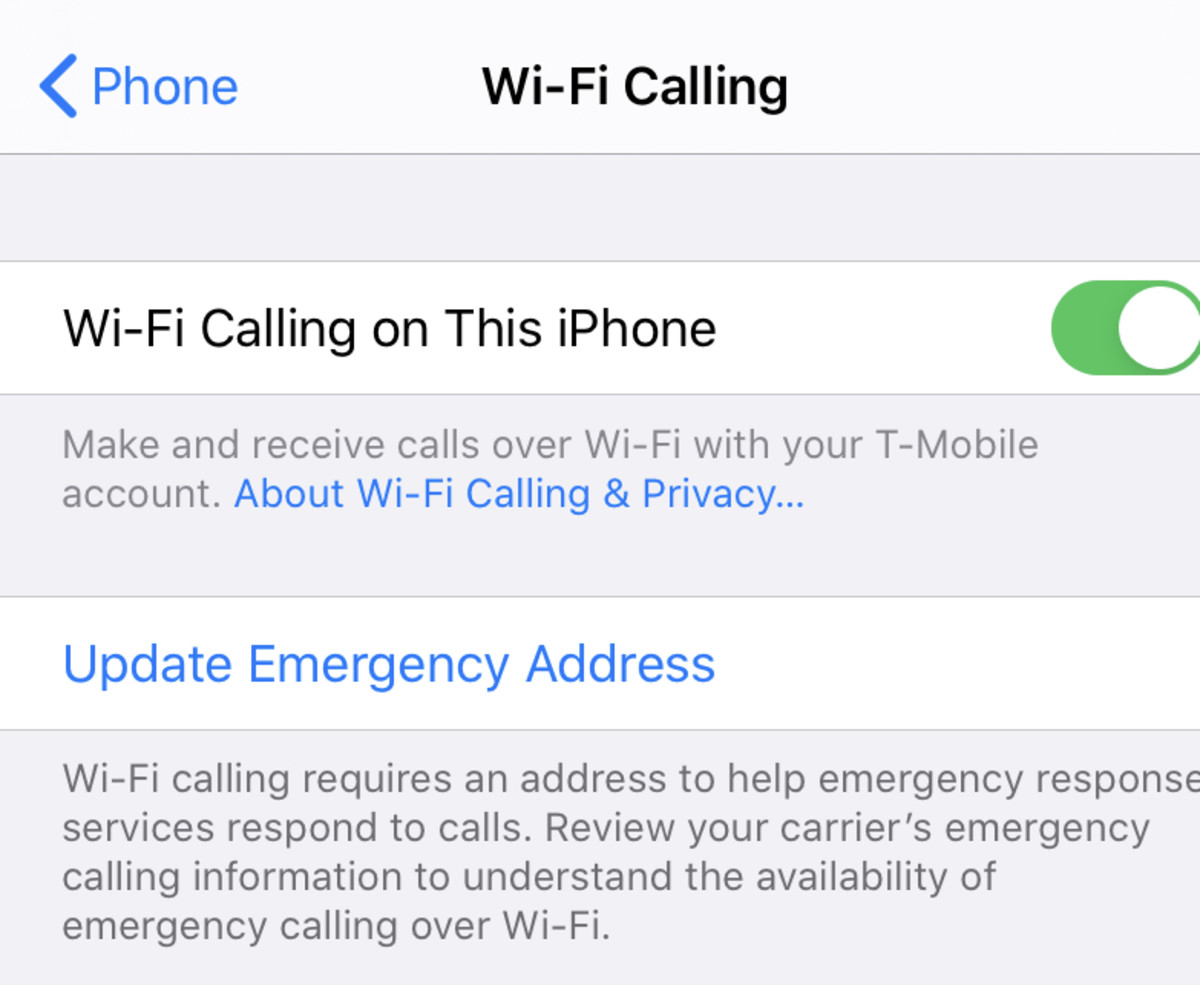Photo by Ben Kolde on Unsplash
Why We Do Not Know
We don‘t know because there are a lot of settings. Most of them you or I might never use—they are obscure or unimportant to us. Many settings are poorly documented and are found in unexpected places. Some can be searched for easily, but some are almost impossible to find. New settings pop up in new iOS versions. Sometimes these new abilities are mentioned in the iOS release notes, but often they are not. Unless you happen to stumble upon them or read something that mentions them, you may never know they even exist. Some people are reluctant to change too many things from the defaults. There are at least two reasons why they may feel that way, the most important being that if you ever have to or just want to start fresh, there is no convenient way to put back everything you modified without bringing back everything else you had on your old device. They also may fear that fiddling with too many settings may mysteriously break things and that fear isn’t entirely unjustified. That’s one of the reasons the title here begins with “A Few”. I’m not about to list every esoteric setting I’ve ever discovered. Nor will I suggest that everything I do mention is critically important and that you should make the changes instantly. No, I’m just going to call your attention to a handful of things and some of them may be important to you. So let‘s jump right in!
Wi-Fi Calling
This is found in Settings->Phone->Wi-Fi Calling If you have poor a poor cellular signal at your home or office but do have a good Internet connection there, you might love this. If your carrier plan supports this, your phone will automatically switch to using your Wi-Fi connection instead of the cellular towers. That will be true for both incoming and outgoing calls. This magic happens by your carrier creating a VPN (Virtual Private Network) between you and their cellular network. You don’t need to understand that; you just need to turn it on! The downside is that in an emergency, your precise location can’t be easily determined. That’s why it will ask you for your home address. That’s where responders will be sent if you call 911 and cannot tell them where you are. Cellular towers can triangulate your location quite accurately if three towers can see your phone but Wi-Fi has only a very rough idea where you are, But here’s the thing: if your cell signal is so bad that you need this, you probably can’t be triangulated either, right? So there’s not much to lose by turning it on and if it really is a concern, simply edit your E911 address (that’s what they call it) to reflect your true location any time you need to use this. How do you know if it’s working? Your carrier will tell you right where you’d normally see signal strength. Here’s my phone using it at my home. it says “T-Mobile Wi-Fi “ instead of just “T-Mobile”.
Send Unknown Callers To Voice Mail
This is found in Settings->Phone->Silence Unknown CallersThis has recently become less of a nuisance as more strict laws have cut down the frequency of these annoying interruptions. But they still do happen and even when it isn’t specifically spam, there are people and businesses you’d rather just send straight to voice mail. If they leave a message, you might listen to it later and if not, you won’t be disturbed at all. Sound good? It’s very easy to do. Just go to Settings->Phone and turn on Silence Unknown Callers. The “Unknown” is the important part here. A caller is known if they are in your Contacts, so anybody else is automatically unknown. They will go straight to voicemail and you won’t see or hear anything, No ring, no notification on the screen. Most spam callers don’t leave a message, so you may not be annoyed at all. If it is legitimate and per important, they can leave a message which you will notice and listen to at your leisure. Or not at all, sometimes. As nice as this feature is, there are times when you may want to temporarily shut it off. For example, if you left your number with a business and asked them to call you back, the number they call from might not be in your Contacts because it is an internal number.
Add More Trusted Numbers
This is found in Settings right at the very top. Click on your name there, and then choose Password & Security. Click Edit besideTRUSTED PHONE NUMBERS If you have Two Factor Authentication turned on (and you should have it on!), you added at least one Trusted Phone Number. That should be your cell phone number, not your home landline, because it is used to help prove you are who you say you are. With this on, even if someone guesses your Apple ID password, they still need access to a Trusted phone to do actually log in. The second factor, the trusted number, is required whenever you log in to a new device for the very first time. Let‘s say you have lost your or misplaced phone and are at a friend’s house. You’d like to use their computer to sign in to iCloud. You won’t be able to if the only trusted number is yours. However, if you have added other people, you can authenticate your login with their cooperation. Obviously you need to trust a person whose number you add. You also need them to accept you are adding them. I have my wife and our children as additional trusted numbers. I have not had to use them, but I can if I need to.
Accessibility Settings
This is found in Settings->Accessibility or Settings->General->Accessibility on older versions There are many useful items in the Accessibility section. One that people my age often use is Zoom (see my article on Zoom and Magnify). There is much more. If you have sight, hearing or motor difficulties, there is undoubtedly one or more settings here that can help you. You can even use the new Voice Control to completely control your phone without touching it at all! Check out Apple’s Accessibility Site for details.
And Many More
As promised, these are just a few useful settings. There are others, of course, and I haven’t even brushed the surface here. Whenever I install an iOS upgrade, I look through Settings to see if there is anything new or anything that I might want to use now even though I did not when I first noticed it. Do you have any favorite settings? If so, please share them in the comments! © 2020 Tony Lawrence





